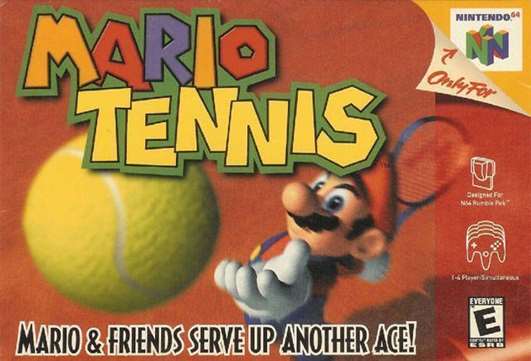
A large part of the game’s challenge is based on jumping from platform to platform while avoiding environmental hazards, such as enemies and traps. Platforms are usually stationary, but some may rotate out from under the player, move through the environment like a rail shooter (the gondola in the Tunnel level), and crumble or fall away underfoot. There are also some invisible platforms that either afford players a strategic advantage or lead to hidden items.
Castlevania also includes elements from the survival horror game genre. In addition to the trappings and narrative devices of Gothic horror, players are often placed in situations that evoke feelings of stress, anxiety, and vulnerability. Players may be trapped in caged fights with monsters, such as the battle with the Cerberus hounds in the Villa when the screen darkens to near-black. Some caged battles are timed, such as the boss battles in the Duel Tower level, where the gamer will be crushed by a falling ceiling should they not best their enemy in time. Vampires are also often fought in caged environments, with the added complication that they can latch onto Carrie, Cornell, Henry and Reinhardt to suck their blood. If the player doesn’t break free by rapidly rotating the control stick, the character’s status changes to “vamp” and they will not be able to use their primary weapon or healing items. Unless a specific item is used to recover, the game becomes exponentially more challenging. Castlevania also features two high-stakes survival horror sequences: In the Villa’s maze garden, players must help Henry through the labyrinthine hedges while strong, unbeatable enemies give chase. In the Castle Center, players must carefully carry the “magic nitro” item through a nerve-wracking obstacle course to its destination. One fall or hit can cause the volatile chemical to explode, resulting in immediate death.





